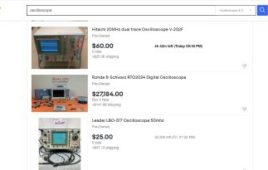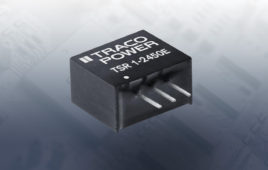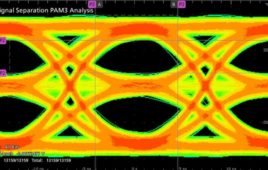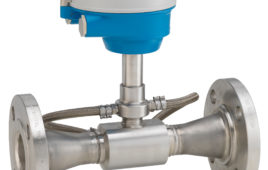By David Herres
All transistors operate according to the exact same physical principles as diodes, the only difference being that they have greater complexity because there are additional P-N and N-P junctions and accordingly more terminals. As with simple diodes, a transistor junction conducts when it is forward biased and does not conduct when it is reverse biased. From this it follows that a transistor will conform to diode models, as shown.
Collector and emitter arrows point away from the base to indicate a diode model of an NPN transistor. Collector and emitter arrows pointing toward the base iin the diode model of a PNP transistor. This model is useful to keep in mind when determining how to test a transistor using a multimeter in the ohms mode.
However, do not think that a transistor can be built by wiring together diodes, because adjacent P-N and N-P junctions do not share semiconducting slabs.
There are three ungrounded leads coming out of the package. Conceptually and electrically, the base is in the center. But you cannot conclude that the middle terminal on the outside of the package is invariably the base.
As a discrete device, the transistor can be configured to operate in analog mode or in digital (on-off) mode. If configured to operate in analog mode, the output varies with the input. In addition, the transistor is not pushed into saturation unless it operates as an oscillator.
In contrast, a transistor operating digitally will turn on and off when it sees specific voltage levels on its input. It is intentionally driven into saturation to provide clean differentiation between high and low outputs.
The transistor may be configured as common base, common emitter or common collector. Common collector configurations are also called emitter followers because the output voltage (at the emitter) follows the input voltage.
Most often the emitter is the common connection. In this mode, base-emitter is the input and collector-emitter is the output. Each of these configurations has special qualities, which are useful in various applications.
The post Basics of modeling transistors appeared first on Test & Measurement Tips.
Filed Under: Test & Measurement Tips




